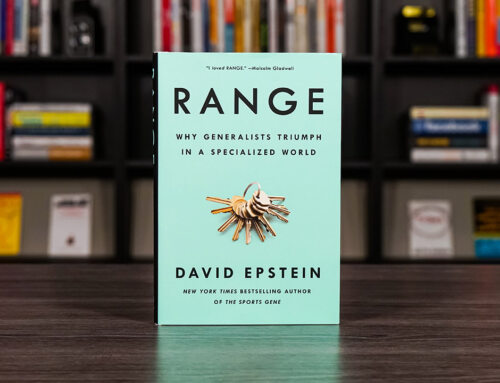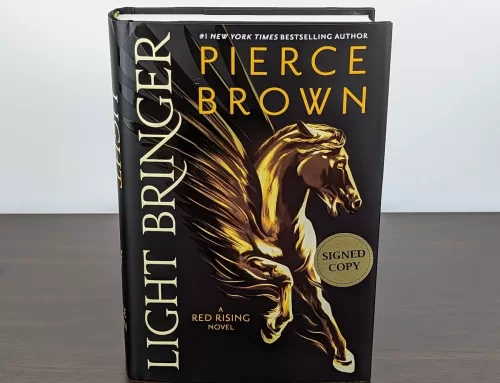Growing up, I couldn’t stand wearing certain clothes. Especially if you left the tags on. They were just irritable – I could feel them more.
I was shy, obedient, and unassuming. I also always had a sense that I was different than other people.
Fast forward well into adulthood, and a counselor off-handedly suggests that I might be something called a highly sensitive person.
A few books later, I think I can confirm her hunch.
Scrap your “sensitivity” stereotypes
I would have never liked the term “sensitive” because of the connotations. Emotional. Defensive. Typically, we use the word to describe the kind of person you have to walk on eggshells with. It’s distinctly negative.
But science is shedding light on the biological trait of sensitivity or reactivity, and it is far from some emotional state or insecurity. In fact, with the research that W. Thomas Boyce puts forward, you’d think sensitivity is as much a superpower as it is a hindrance.
The fact is, something like 20% of the population of humans take in more information than others – yes, emotional information, but also other kinds like audio, visual, and so on. Their sensory systems process more than the rest of us.
Boyce’s book, The Orchid and the Dandelion presents convincing and powerful research findings to suggest that sensitive types, both children and adults, are more deeply affected by the stressors of life but that they are more positively affected by the blessings of life as well. This means that sensitive types require more support – like how orchid flowers require a more nurturing environment than dandelions that can grow (annoyingly) anywhere. Nurture that orchid child and it flourishes and reaps benefits beyond the average.
On the other hand, a poorly nurtured sensitive child may reap worse health outcomes than the average person. Explaining this is complicated, but essentially it is this: sensitivity means, in part, a higher stress response. Heap up stress responses without proper care, and the body keeps the score!
Boyce also deals with a few misnomers and admits that pegging a sensitive child isn’t as easy as you’d think. Even my aforementioned quality of shyness, while associated with sensitivity, isn’t cut and dry a sensitive characteristic.
Hopes of thriving and flourishing
The book can get technical at times, but Boyce makes it accessible. That’s a good thing, because sensitive types make up about 20% of the population. That means that any of you who work with kids or parent kids need to watch out for them – how you handle your relationships with sensitive children (or adults) will make a difference!
If you think you might be one of these sensitive types, might know one, or if you work with people at all, I think you should read this book. The relevancy and importance cannot be understated.
Boyce’s own sister was one of these orchid types, making the book as personal for him as it is revelatory. The course of her life exhibits one deeply affected by a series of unfortunate circumstances and events. But Doctor Boyce learns from his sister’s life and personality and hopes that as a result of his findings, more young men and women may thrive and flourish.
I share this hope – I hope you do as well!






